Building audiences through content is a fundamental pillar of marketing today. This content must be delivered in snackable format for consumption within a mobile first world, to create and reinforce the brand promise. There is ample opportunity within digital experiences to serve this up within the channel when the player map is data driven.
Regular readers of this blog will recognise a familiar theme. We need to move beyond Ease of Use as a design paradigm if we are going to keep up with digital experiences that addict users to dopamine. The twist is that it doesn’t just have to be lots of eye candy. Learning and growth fires dopamine as well. The dopamine pump is a critical component of our survival system. It is organised to get us to go back and do things that are good for us. Things like reproducing, eating and learning.
Back in the 90s when internet banking sites were first designed, ease of use was the mantra. Certainly making products easy to use is fundamental. But when the target is to get customers to fall in love with products, Ease of Use is no longer enough. Over the course of the last 25 years, the object of digital banking has shifted from enabling customers to access their money and make payments to being able to use digital services to help people grow their money and feel better about their progress. This means that digital products must be rewarding to use. They must allow customers to get better and feel better.
This is difficult in the money realm because being great with money and feeling good about money is really hard. Money is incredibly nuanced. Following standpoint epistimeology, knowledge around money is incredibly socially situated with marginalised people having a key role to play in the running of research and the acting upon of insights. Money requires a lot of trial and error, a lot of exploration and a lot of soft skills that involve as much as about understanding who we are and our beliefs and values about money as it is about understanding money fundamentals. This is why financial literacy has largely failed. If being great with money was a simple as reading a few money basics and setting up up some systems we’d all be crushing it. Unfortunately success with money is complicated by our irrationality and subjective biases that hijack the logic and reason.
That said, the learning moments are critical. Not only do they help the customer unravel money challenges but they present a lot of opportunity for service providers to unlock value and deepen the relationship. We know this is important and true because banks, wealth providers, insurance companies and fintechs around the world spend a lot of money packaging up content and putting it up on their websites.
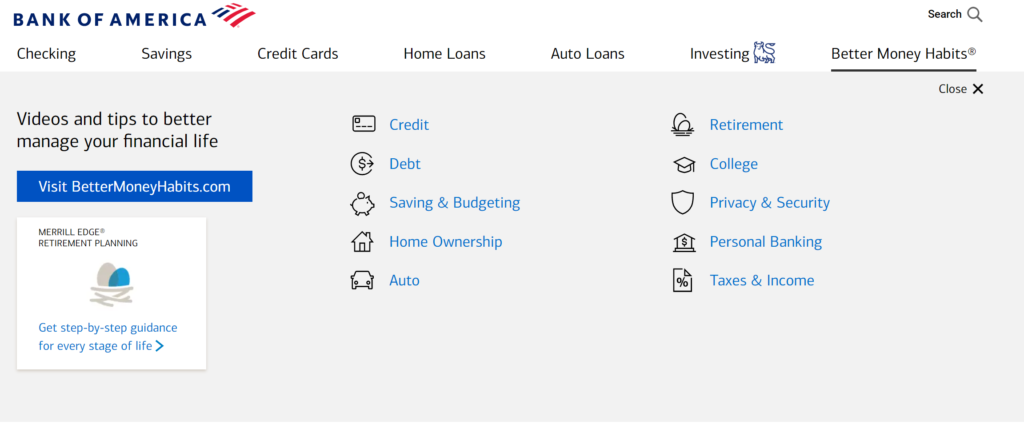
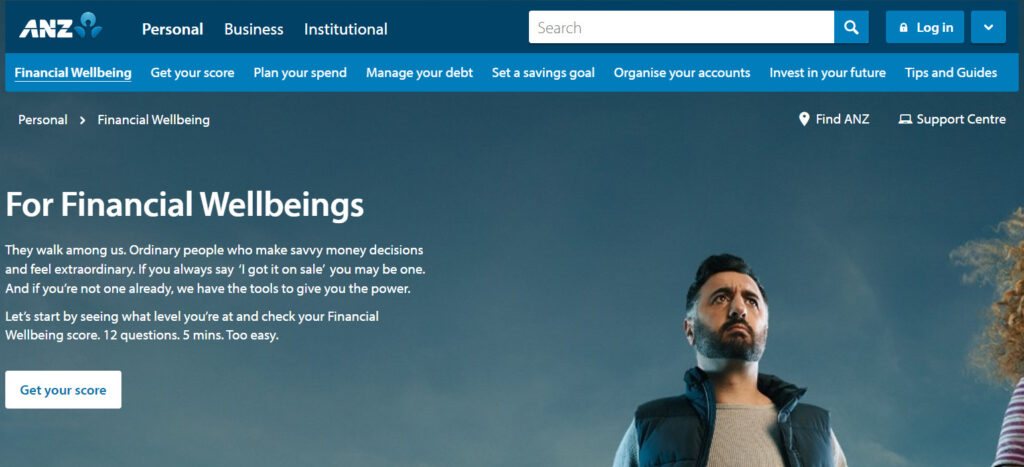
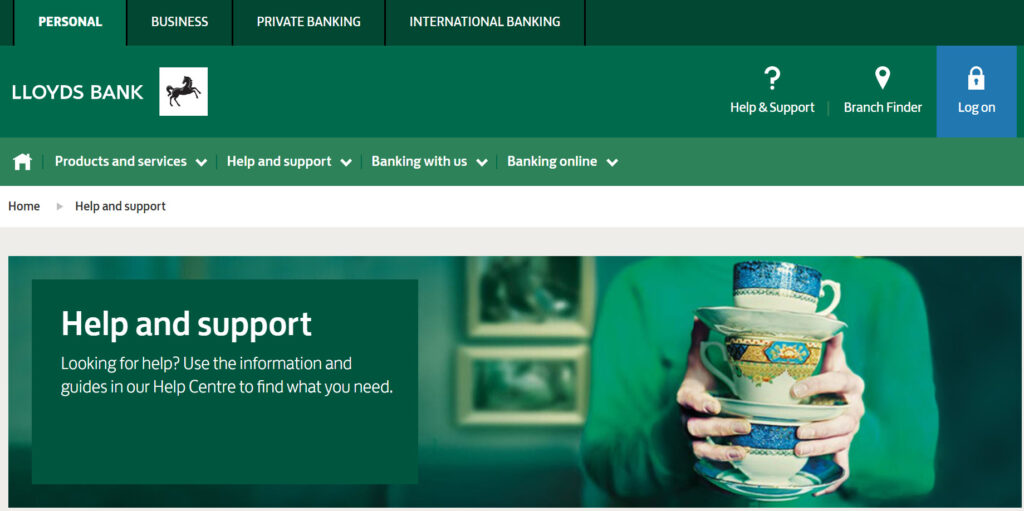
In a world of Snapchat, TikTok and Twitter this is however all looking rather outdated where mobile is the digital platform of choice and the prime window within which to consume content. In this world skimmable content rules. The shortened attention span of an average internet user is about 12 seconds, demanding that content is concise, and contextually relevant. Pages and pages of content don’t connect.
Enter Odyssey Content Loops
Characterised by games and social, customer engagement, for all ages and backgrounds, is being redefined. Customers want to have fun, take on challenges, be recognised and share. Moroku Odyssey is a digital engagement platform for financial services. Operating as a cloud platform, Odyssey sits between the transaction platform and the experience layer to recognise where a customer is on their journey, build empathy for that work, then through a set of configurable player maps, guide, reward and recognise their financial effort. The platform operates to allow financial service providers to create what we call the Financial Fitness Hierarchy.
Under this model, banks, wealth providers and fintechs, go to market under a brand promise of financial wellness with content and education being unlocked at contextually relevant points along the financial journey. As this content is consumed it can then be tested and put to use at the next point in the journey. This could be the establishment of a money system to in turn establish the creation of a money habit and fitness for sharing with friends, family and followers.
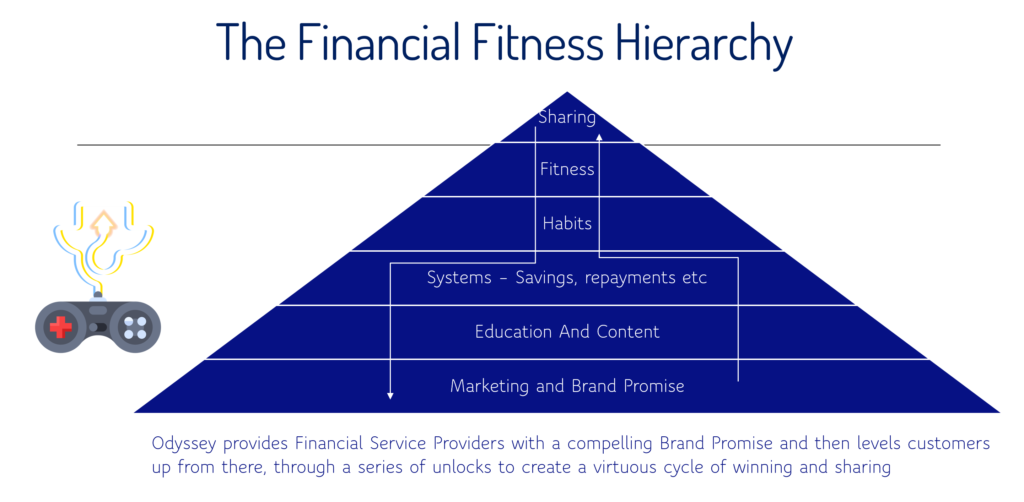
Odyssey is the engine that drives this hierarchy. It is a set of configurable player maps and event engine comprising multiple leagues, missions, levels, challenges and archetypes to provide over 16,807 initial coordinates on the map, more player positions than most institutions have today. Players are initially positioned on the map based on their demographics and relationship history to provide the first pass and generate gratitude. This is then reflected to the customer as a set of challenges and opportunities that seem appropriate.
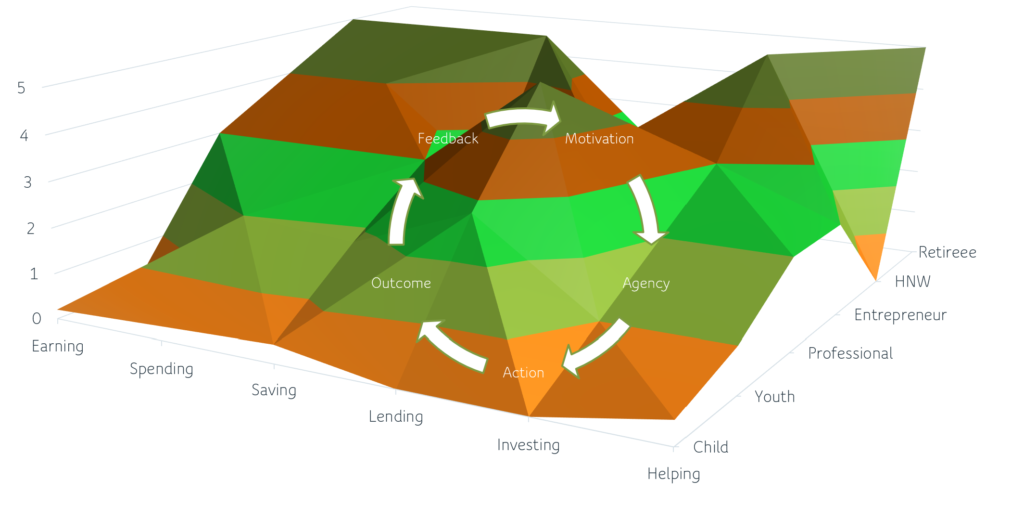
What happens next is where it gets exciting
The game architecture allows us to define context. Positioning the player on the map allows the engine to understand where the customer is on their journey and then inject the right piece of content to unravel the next money concept and position the player for their next challenge and level up. This solves for the problem above which is which piece of content ant which time rather than relying on the customer to troll through the website in a 1990s fashion.
All of this has been available within Odyssey for a while
What changes today is the arrival of Odyssey Content Loops. Content Loops allow service providers to define content at a URL of their choosing. These endpoints are then attached to Odyssey coordinates for unlocking by the user. These are then pushed to the user for consumption within the app experience, web or mobile. Odyssey then monitors the consumption in terms of duration and coverage and then chooses the next step. This could be a quiz to test for the learning or proceed to execution, the set up of the money system or habit creation.
As always, context is important and these complexities are resolved by deploying the player maps of Odyssey to provide the context of the leagues, missions and challenges the customer is engaged in. All of these embedded within the very essence of the primary digital channel the customer is using to operate and manage their money. No going off to another channel and looking for an answer on some website they may or may not know about or trust.